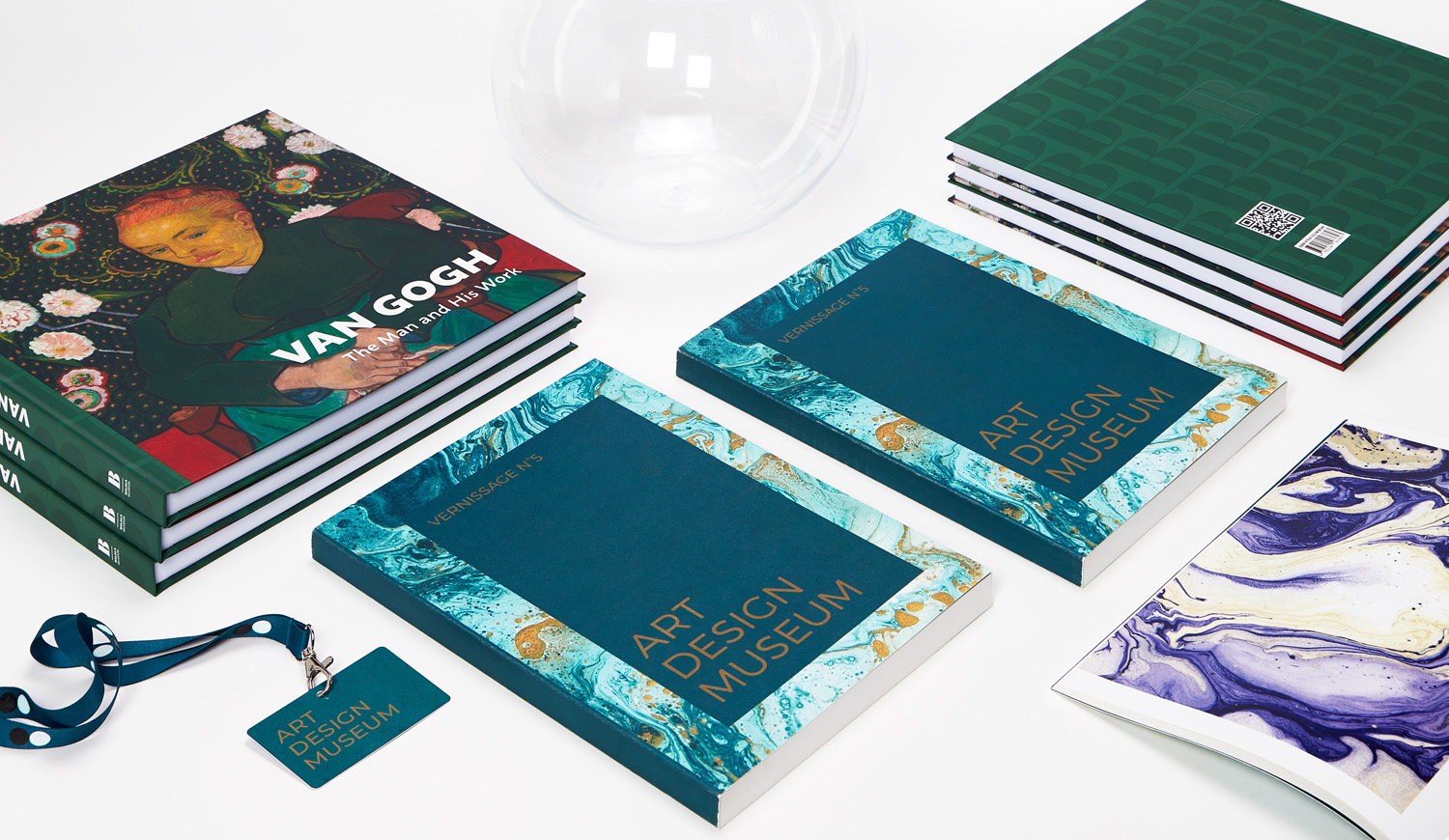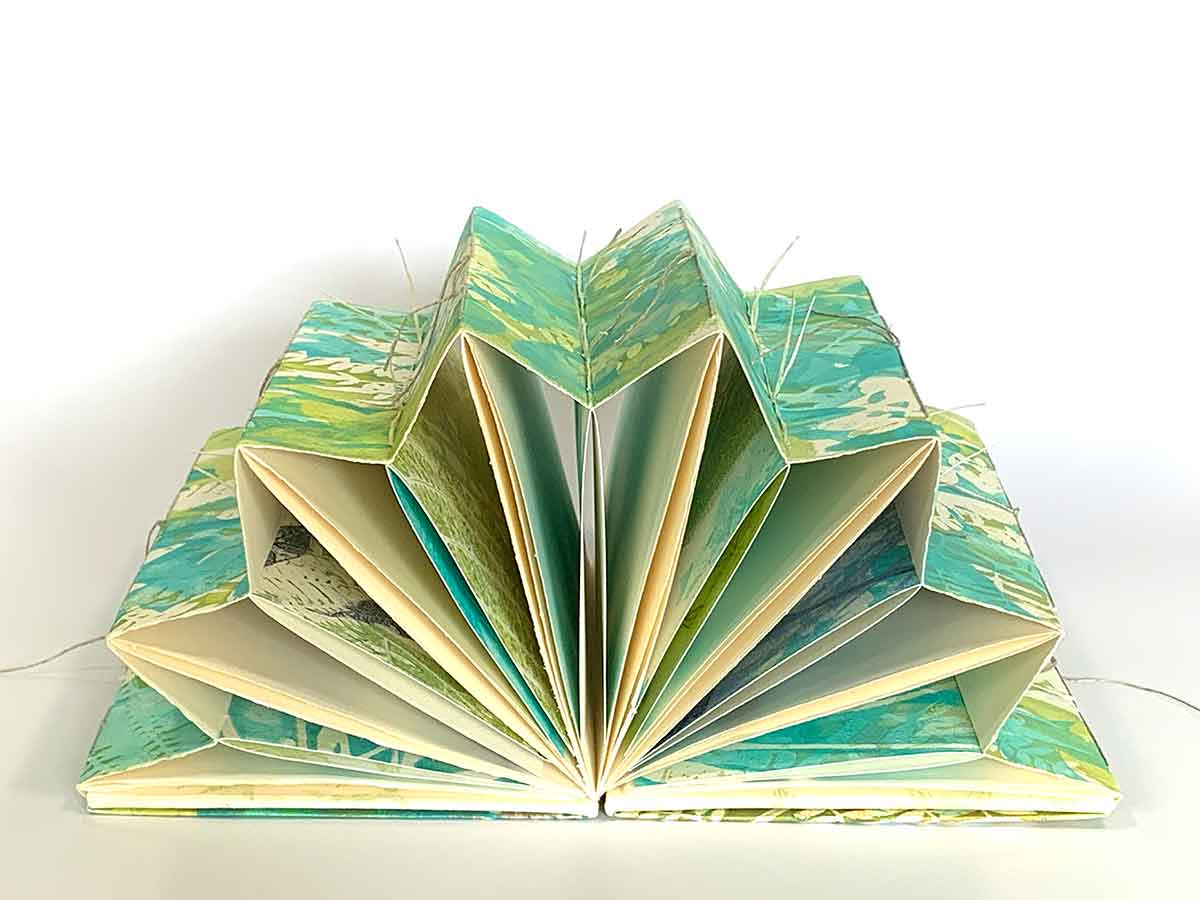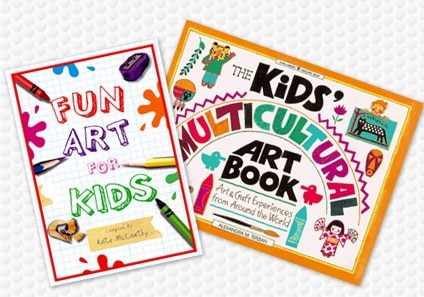The Role of Typography in Your art book Design
The Role of Typography in Your art book Design
Blog Article
Recognizing the Process Behind High-Quality Art Book Printing for Art Fanatics
When it comes to high-quality art book printing, recognizing the intricacies of the process can elevate your recognition for the final product. As you explore the various elements of art book printing, you'll uncover understandings that can transform your point of view on art conservation and discussion.
The Relevance of Paper Selection in Art Book Printing
When it comes to art book printing, the option of paper can make or damage the last item. You want your artwork to shine, and the right paper boosts color vibrancy and information. Take into consideration factors like weight, texture, and surface; these components significantly affect just how readers view your work.
As an example, a larger stock conveys high quality and resilience, while a distinctive coating can include depth to images. Smooth paper is exceptional for comprehensive recreations, allowing great lines and refined tones to show up crisp.
Don't ignore the paper's brightness; a brighter sheet can aid colors pop, making your art much more captivating. You'll also wish to believe about just how the paper connects with inks and whether it can deal with the printing procedure without buckling or bleed-through. Inevitably, picking the best paper sets the stage for your art, ensuring it captures the audience's focus simply as you pictured.
Choosing the Right Inks for Vibrant Reproductions
Choosing the ideal inks is just as important as selecting high quality paper to achieve dynamic reproductions in your art book. When you're printing art work, you desire colors that pop and properly represent the original item. Go with inks with a high pigment concentration; these have a tendency to generate richer and a lot more saturated shades.
You could take into consideration utilizing archival inks, which resist fading gradually, guaranteeing your art book remains as striking as the day it was published. If you're collaborating with photographs or electronically produced art, pigment-based inks can provide a wider shade gamut, enhancing detail and deepness.
Do not forget the coating! Matte and shiny inks can dramatically modify the look of your art work, so consider the appearance you're aiming to achieve - art book. Inevitably, the ideal ink choice enhances your paper selection, producing a sensational aesthetic experience for your readers
The Duty of Color Monitoring in Print Quality
Shade administration plays a crucial duty in accomplishing high print quality for your art book. It guarantees that the shades you see on your display convert accurately to the printed web page. Without efficient color administration, your vivid art work may appear dull or distorted, weakening your innovative vision.
To begin, adjust your display on a regular basis. This action assists preserve constant color representation. Next off, use color accounts tailored for your printer and paper kind. These profiles direct the printer in duplicating shades precisely, reducing disparities in between digital and published versions.
When you prepare your files, take into consideration making use of a color area like Adobe RGB or CMYK, relying on your printer's specifications. Constantly evidence your work, also; a test print can expose any prospective color issues before the final run. By focusing on color administration, you safeguard the integrity of your art, assuring your target market experiences it as you meant.

Comprehending Different Binding Methods
Achieving the excellent appearance for your art book surpasses color administration; binding methods also play a considerable duty in its general discussion and toughness. You have over here several choices to evaluate, each with its own one-of-a-kind characteristics.
If you're going for a professional feeling, case binding supplies a sturdy option with a difficult cover, best for showcasing your art work. On the various other hand, best binding provides a versatile spine while keeping expenses down, making it a preferred selection for softcover books.
Spiral binding allows your art book to lay flat, which is terrific for presenting photos without obstruction. Saddle stitching is excellent for smaller brochures, providing a tidy coating without the mass.
Inevitably, the binding technique you select need to mirror your imaginative vision and exactly how you desire viewers to involve with your job. Make certain to consider these choices carefully to accomplish the very best end result for your task.
The Impact of Publish Size and Format on Discussion
While the selection of print dimension and format may seem secondary to content, they significantly affect how your art work is viewed. The measurements of your prints can either enhance or reduce the effect of your items. Bigger prints can draw visitors in, enabling them to value elaborate information, while smaller styles may need even more intimate interaction.

Conservation Methods for Resilient Art Books
To guarantee your art books stand the test of time, it's necessary to carry out efficient preservation strategies. Usage acid-free storage boxes or protective sleeves to protect them from dirt and physical damages.
When managing your books, always clean your hands or wear cotton gloves to stay clear of oils and dirt transferring onto the web pages. Stay clear of flexing or wrinkling the spines; instead, use book supports when presenting them.
For added security, consider investing in archival-quality products for any repair work or enhancements. Regularly inspect your collection for indications of wear or damage, addressing problems promptly. By from this source complying with these easy methods, you can guarantee your art publications remain vivid and accessible for several years to come, protecting their elegance and worth for future generations.
Teaming up With Printers for Optimum Outcomes
When you prepare to print your art book, selecting the appropriate printer is necessary to attaining your vision. Clear interaction about your expectations and needs will certainly aid ensure that both you and the printer get on the same page. Let's discover exactly how to make description this cooperation as seamless and effective as feasible.
Selecting the Right Printer

Reliable Communication Methods
Efficient communication is important for turning your art book vision into fact, particularly when teaming up with printers. art book. Start by plainly outlining your job's goals, including layout elements, recommended materials, and any type of details printing techniques. Don't think twice to share your ideas and referrals; this helps the printer comprehend your aesthetic
Be open to responses, as printers usually have important insights that can enhance your project. This cooperation will assure that your art book fulfills your assumptions and shines in its final form.
Regularly Asked Questions
What Prevail Mistakes to Prevent in Art Book Printing?
When publishing your art book, stay clear of usual blunders like inadequate resolution images, wrong color profiles, and neglecting web page design. Do not neglect to proofread and double-check information to confirm your end product meets your expectations.
How Does Digital Printing Differ From Traditional Printing Techniques?
Digital printing utilizes electronic data to create prints straight, permitting quicker turn-around and modification. In contrast, standard techniques involve physical plates, which can be time-consuming and much less adaptable for little runs or one-of-a-kind layouts.
What Is the Typical Turnaround Time for Art Book Printing?
The normal turnaround time for art book printing differs, but you can expect it to take anywhere from a few weeks to numerous months. Variables like complexity, quantity, and printing method all affect this timeline.
Can I Publish a Minimal Version Art Book Economically?
You can print a minimal version art book financially by selecting economical materials, maximizing print runs, and using electronic printing choices. Cautious preparation and budgeting will help you achieve quality without spending too much.
What Are the Environmental Factors To Consider in Art Book Printing?
When considering art book printing, you need to believe about environmentally friendly products, lasting inks, and energy-efficient procedures (art book). Selecting neighborhood printers can likewise minimize your carbon impact, making your job both attractive and environmentally responsible
Report this page